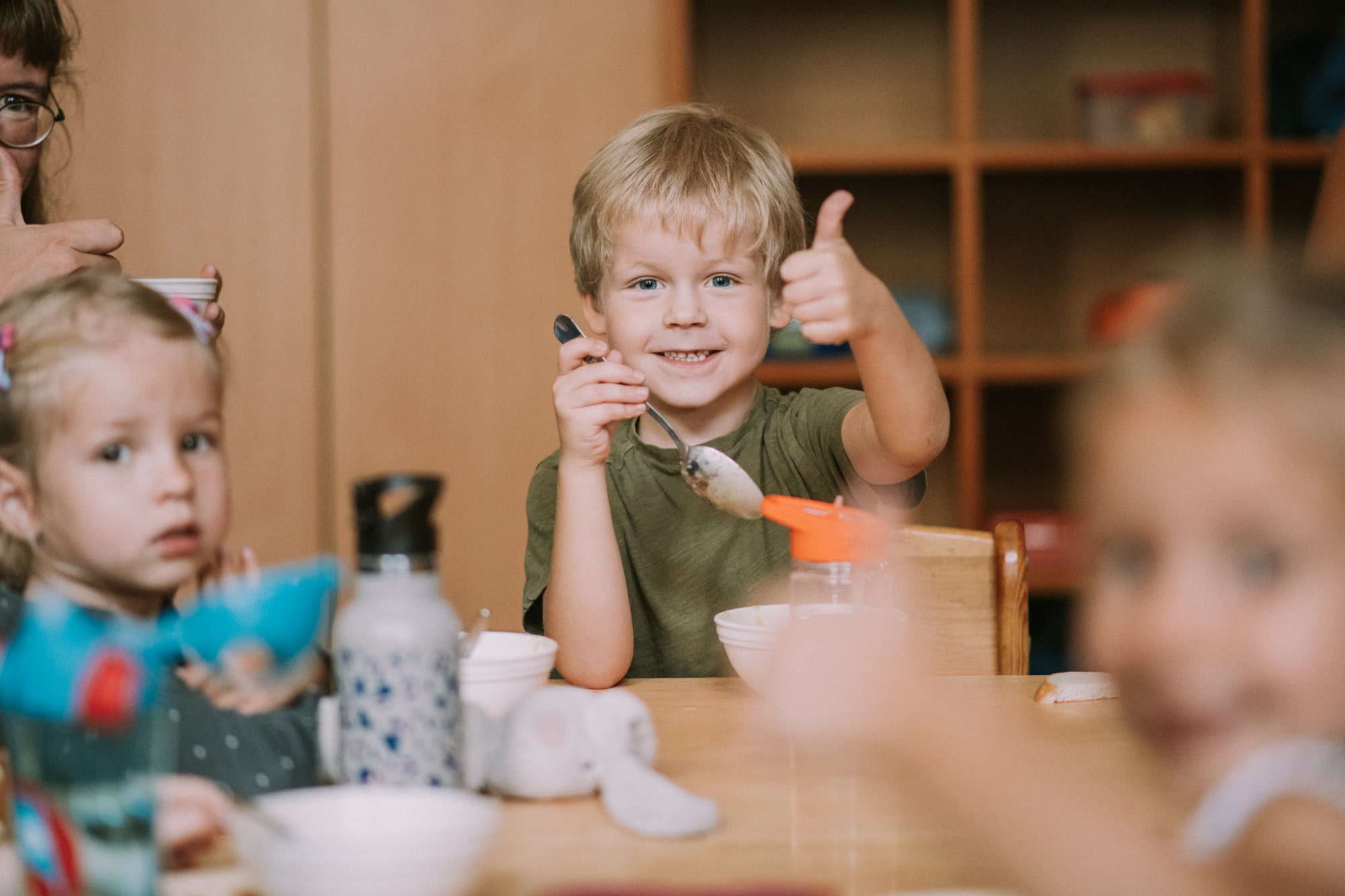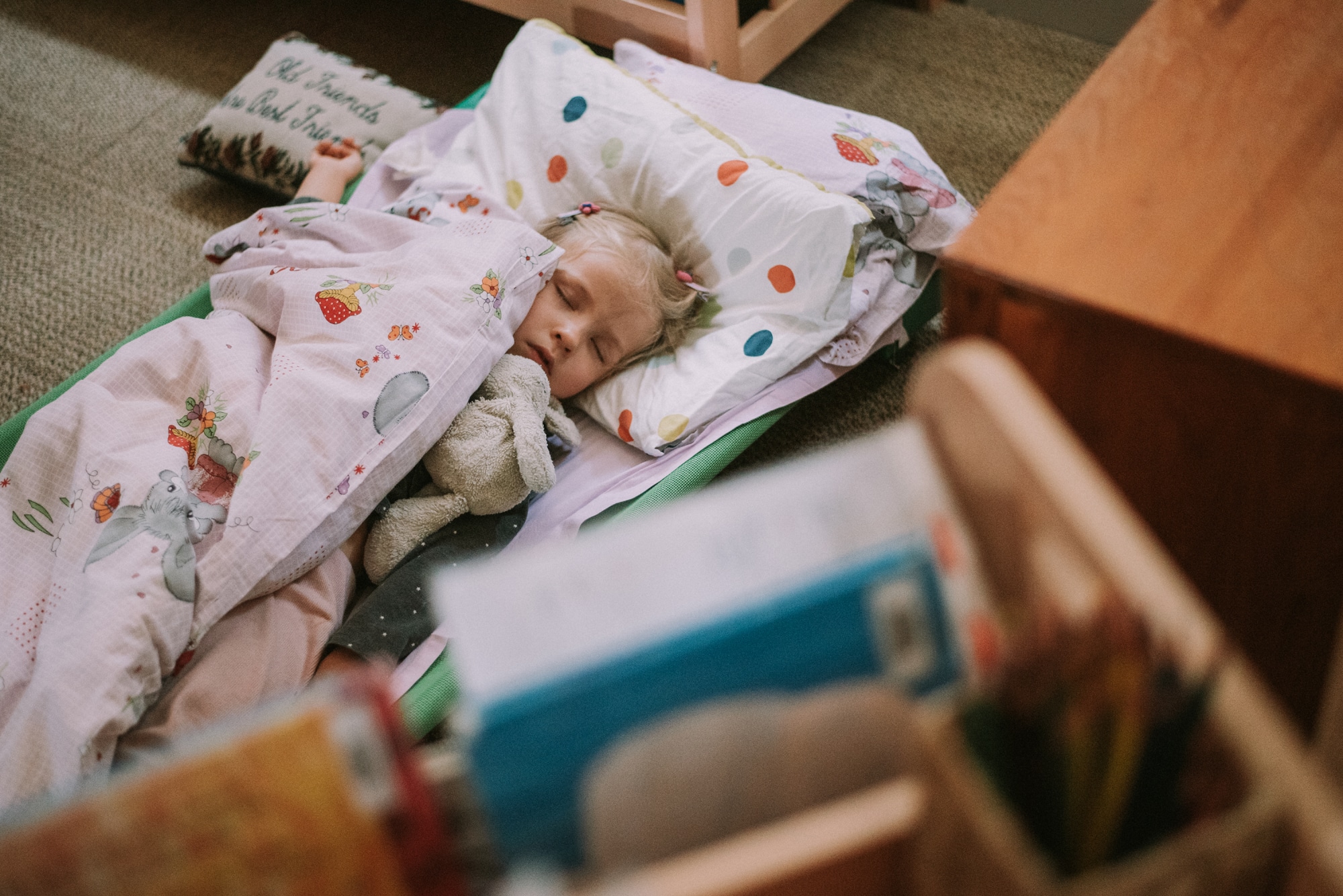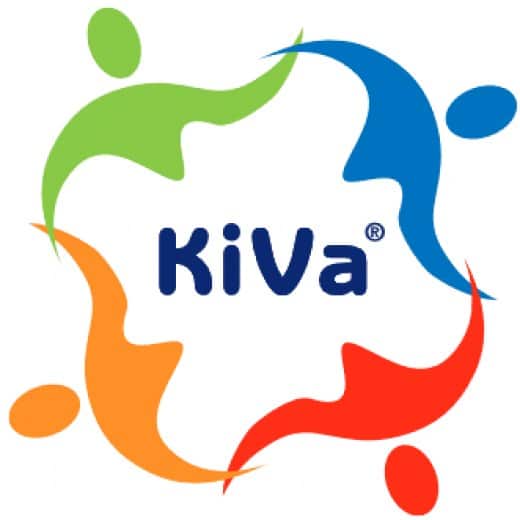| By Zoja Heimrāte, Early Years teacher.
Similar to the arrival of a newborn in a family, enrolling a child to preschool takes some preparation, long before the child’s first day of school. Either during parent visits or from documents submitted during the application process, teachers try to learn as much as possible about a new student: what language they speak at home, any previous school experience, their personality etc. Then teachers announce to the other children in the group that a new friend is about to join. It creates an opportunity for the class to discuss many topics, from the country their new friend is from to remembering their own experience when they first came to school, without daddy or mommy by their side. Children often get very excited and look forward to meeting their new friend, and each of them prepares something special: one will give a toy to share, the other will show them around the classroom, the third will show them her favorite book etc.
As children cannot read yet and their language skills are just developing, most daily routines are displayed with cards and shown on the timeline they have on the wall. Children can always visually recall what activities and tasks follow each other. When a child misses their parents, the teacher can show the timeline and all the fun things they will do together before it is time to meet their dear mom and dad.
If a child is not quite ready yet to spend the whole day without their parents, it is recommended to attend at least a half-day. It is worth remembering that quiet/nap time is the most challenging. Sleeping is most linked to a child’s home and is associated with comfort. To reduce nap time anxiety, parents are advised to give one of their child’s special belongings, a scarf or a hat to provide comfort at this time. At that age, they are not yet able to differentiate between napping at lunchtime and from night sleep, since the understanding of time is a concept that is still developing. Also, a family photo or soft toy are good tools that can help in the hardest moments. Touch and vision are senses that are the most functional for a child at that age, so those can be used to help a child calm down.
One of the parents’ worries also revolves around potty training. ISR does not require toddlers to be potty trained but teachers work with the family to help the child learn that important milestone. A typical strategy used at school is to go to the bathroom together with other children before going out or before quiet time so the child sees others doing it. However, knowing the amount of the class size at school it is preferred, encouraged and more productive to help a child learn to use the potty at home with parents. There is always an option to use diapers as well, especially for nap time, while children learn.
A word of caution: adaptation time differs very much from one child to another. Some children only need one or two days while others take longer. It is ok. On average, it takes from two weeks up to one month for a child to settle in and develop routines of their daily life in pre-school.
Overall, getting to know the child and being prepared as much as possible from the whole class perspective is one of the keys to a successful and quick adaptation at the school for new students. Every member of ISR is always happy to greet new children which inevitably leads to the successful adaptation of children.
|









